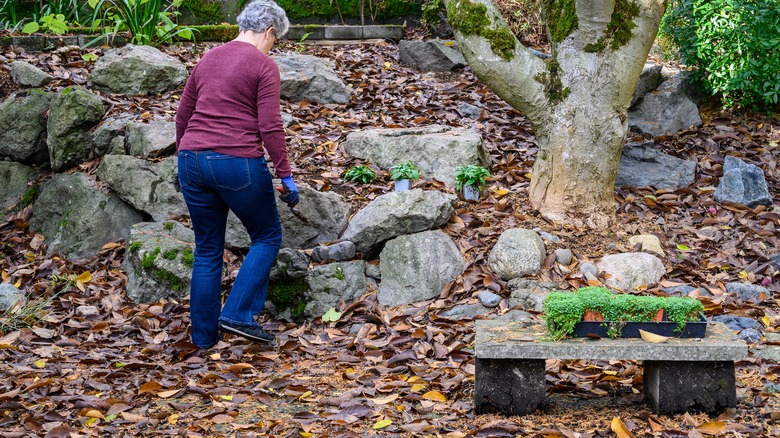Garden Trees, Shrubs & Vines
Tricia Goss
Japanese honeysuckle, also known as Lonicera japonica, is a lovely plant that people appreciate for its fragrant flowers and quick growth. While it might be pretty to look at, wonderful to smell, and may even have medicinal value, it can pose a real threat to other living things in your garden. This is because it’s an invasive species, which means it can take over, disrupting native plants and animals in the area. That’s why knowing how to remove it from your property is essential.
Fortunately, there are a few ways you can control Japanese honeysuckle. One way is to remove it by hand, either by cutting it at the root or pulling it out of the ground. You can also use targeted herbicides. Another way to keep Japanese honeysuckle at bay is to encourage the growth of native plants. This helps create a balanced ecosystem in your garden, benefiting everything there.
Strategies for effective removal
@exhrays27
Invasive species WHO? 👁👄👁 If you want more of this content, let me know! #gardening #ecology #planttok #plantdad #gardening101 #gardentok #fyp
♬ original sound – Ethan Raysor
If the Japanese honeysuckle in your garden is large and well-established, you might need to physically remove the vines by cutting or uprooting them. You may need to do this more than once to keep it from growing back. And, of course, it’s important to dispose of the removed vines carefully so they don’t spread elsewhere. You can use selective herbicides designed to target broadleaf plants and apply them to the foliage. This method works best when the honeysuckle is actively growing, but be careful not to damage any other plants nearby.
Another option is to use prescribed burning, but this should only be done in areas where it is safe to do so. This method can help get rid of thick honeysuckle patches and encourage the growth of native species. Often, a combination of methods works best. By using manual removal, chemical control, and mechanical strategies, you can tackle the honeysuckle at every stage of its growth and increase your chances of success.
Eradicating Japanese honeysuckle and preventing regrowth

knelson20/Shutterstock
To remove Japanese honeysuckle from your garden, it’s important to approach it in the right way and be persistent. Keep in mind that just mowing the vines probably won’t solve the problem. You need to make sure you address the roots, too. Otherwise, the plant might grow back even stronger. After you remove the honeysuckle, consider planting native species instead. These plants are better adapted to the local environment and can outcompete invasives more effectively. You might like plants like trumpet honeysuckle, American wisteria, or rock clematis.
If you want to prevent honeysuckle from growing back, try establishing a hardy ground cover. These plants can form a barrier that stops new honeysuckle growth. However, be prepared to be patient and consistent in your efforts. It might take a while to eliminate the honeysuckle completely, so keep an eye on your garden and tackle any regrowth promptly. Ultimately, the best way to prevent invasive species like Japanese honeysuckle from taking hold is to create a biodiverse garden. By maintaining a variety of plants and giving them the care they need, you’ll discourage aggressive ones from establishing themselves.



